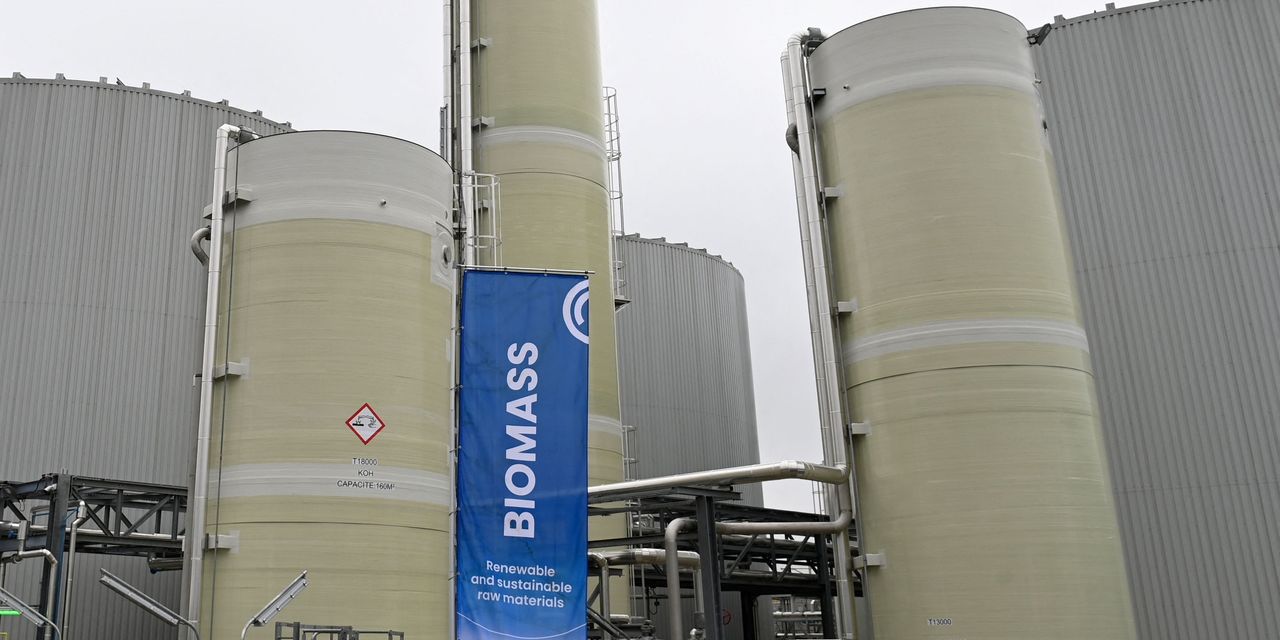The world’s transition toward a clean-energy future faces many challenges, the greatest of which is cost and the economic impact, according to Womble Bond Dickinson’s 2024 Energy Transition Outlook Survey report released Tuesday.
The findings of the third annual survey revealed that while the “pathway to achieving net-zero ambitions is challenging, there remains a commitment to a lower-emissions future,” said Jeff Whittle, head of WBD’s Global Energy and Natural Resources Practice.
The survey showed that 56% of respondents, comprised of 456 decision-makers in the energy industry, saw “cost and economic impact” amid rising interest rates and equipment prices as “a leading challenge impacting the energy transition,” with 47% of those expressing concern about inadequate tax and incentive support.
Money is “no longer cheap,” and that was a top concern for the survey respondents, the report said, as central banks have raised interest rates significantly over the past two years and “may well have to keep rates higher for longer.”
“Higher interest rates raise the associated levelized cost of electricity — or the average of what it will cost to produce electricity in today’s terms incorporating everything from construction to fuel to financing fees,” said Lisa Rushton, co-head of WBD’s U.S. Energy and Natural Resources Practice.
Infrastructure needs and grid flexibility requirements were also among the top challenges impacting the energy transition, as selected by 54% and 52% of total respondents, respectively, the report said.
“The realization is spreading across the industry that creating a clean-energy system requires more than deploying solar, wind and storage assets at scale,” said Belton Zeigler, co-head of WBD’s Regulated Utilities Team. “It also requires modernizing and expanding the transmission grid so that it can serve customers efficiently and reliably as electrification proceeds and increasing levels of renewable resources are added to the system.”
Grid modernization includes interconnection challenges and aging infrastructure, the report said.
It pointed out that an International Energy Agency report in October said the world needs to add or replace 49.7 million miles of transmission lines by 2040 to meet climate goals and achieve energy security. The IEA said the replacement amount equates to the “entire existing global grid.”
The Womble Bond Dickinson survey also said successful infrastructure projects depend on government support.
When asked about which areas legislation, regulation or incentives could be the most effective in speeding up the clean-energy transition, 40% of respondents chose funding of grid upgrades and efficiency improvements, according to the report. It also said 33% chose policies to incentivize energy storage, and 32% said government support would be most effective in energy efficiency measures.
When it comes to achieving future net-zero emissions goals, more than one-third of the survey’s respondents said insufficient government support was one of their top three challenges.
Still, looking ahead to 2024, the report said the overall investment picture is “strong” for clean energy, with 56% of total survey respondents increasing their investment or operational focus on energy transition strategies over the past year.
When it comes to the clean-energy transition, the survey respondents said key areas of investment opportunity include “decarbonization-focused solutions,” such as biofuels, and biomass — which the report said is broadly characterized as energy from waste — as well as energy efficiency improvements, carbon-capture technologies, utility-scale energy storage and electric vehicles.
Meanwhile, the top three threats to net-zero emissions goals are “rooted in politics,” the survey report said, with those being insufficient government support; fragmentation, plurality and inconsistency of legislation; and general political risk that governments may not live up to net-zero commitments.
Overall, business leaders continue to increase their commitment to the global clean-energy transition, the Womble Bond Dickinson report said, but that transition is “fraught with risks and will require a greater-than-anticipated level of capital investment.”
Read the full article here


